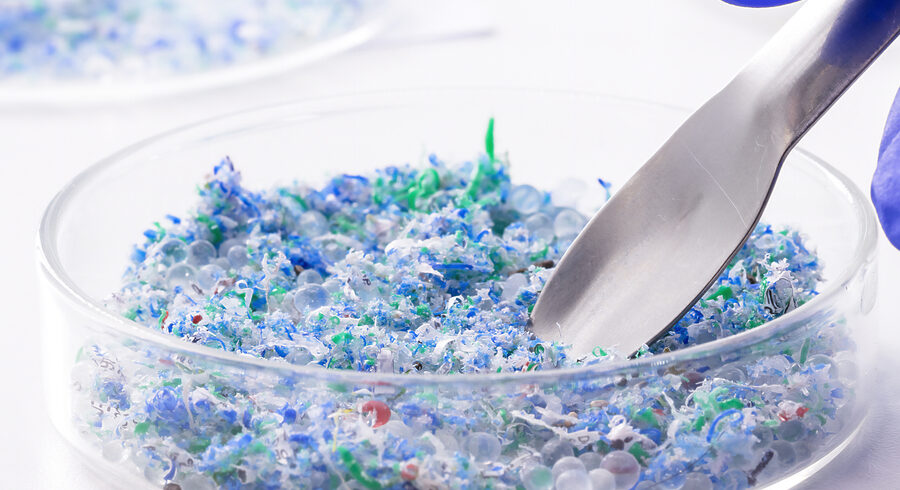
Microplastics in cosmetics - an invisible threat to the environment and health
In recent years, the subject microplastics in cosmetics has become one of the key environmental issues.
Although most of us associate plastic waste with bottles or commercials, few realise that microscopic plastic particles are also present in everyday cosmetic products.
What are microplastics?
In simple terms, microplastics are plastic particles of a size equal to or smaller than 5 mm (according to Commission Regulation (EU) 2023/2055).
In cosmetics, microplastics have different functions - They give creams the right consistency, facilitate product distribution or act as carriers of active ingredients.
Ingredients with microplastics - where do they occur?
Sources of microplastics in cosmetics These include ingredients such as:
- POLYPROPYLENE
- POLYSTYRENE
- PVP
- PEG/PPG-28/21 ACETATE DIMETHICONE
Most commonly we find microplastics in:
- peelings
- shower gels
- toothpastes
- foundations and powders
- lotions and hair sprays
They are readily available, inexpensive and technologically efficient raw materials, which is why they are often used in commercial cosmetic formulations. See: cosmetics formulation.
Environmental and health impacts of microplastics
Microplastics contained in cosmetics are flushed down the drainfrom where they end up in rivers and seas - the treatment plants are unable to retain them completely.
In the aquatic environment microplastic particles are absorbed by aquatic organisms, accumulating in the human food chain.
Research shows that microplastics can:
- bind harmful chemicals
- enter the body
- adversely affect the endocrine and immune systems
This is a real threat to both the environment and human health. See also: cosmetics research.
Legal developments - new regulations for microplastics
In recent years, the European Union has introduced amendments to the legislation on cosmetics with microplasticsincluded in Commission Regulation (EU) 2023/2055.
The aim is to protect the environment and consumer health by gradually eliminating microplastics from cosmetic products.
Key dates and milestones for the bans:
- 16 October 2023: ban on the sale of cosmetics containing microbeads for exfoliating, polishing or cleaning.
- 16 October 2027: ban on the use of microplastics in rinse-off cosmetics
- 16 October 2029: ban on the use of microplastics in leave-on cosmetics
- 16 October 2035: ban on the use of microplastics in nail and make-up products

In addition, from 17 October 2031 to 16 October 2035, manufacturers will be obliged to include a notice on the packaging:
"This product contains microbeads of plastic".
Summary
The introduction of new regulations by the EU is a step towards more sustainable cosmetics.
For cosmetic laboratories, this means a necessity:
- product reformulation
- the search for alternatives to microplastics
- a conscious approach to the development of organic cosmetics
Taking care of the composition not only improves cosmetics brand imagebut above all it affects environmental protection i consumer safety.
Enter your cosmetics with us - check out the cosmetics lab MPR-Labs.com